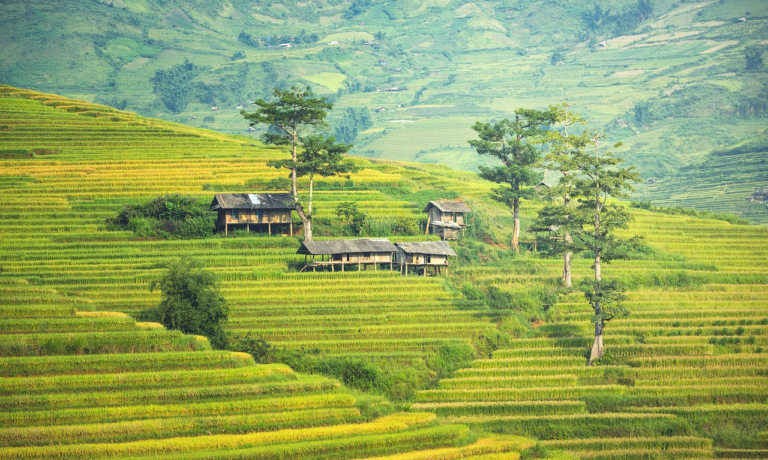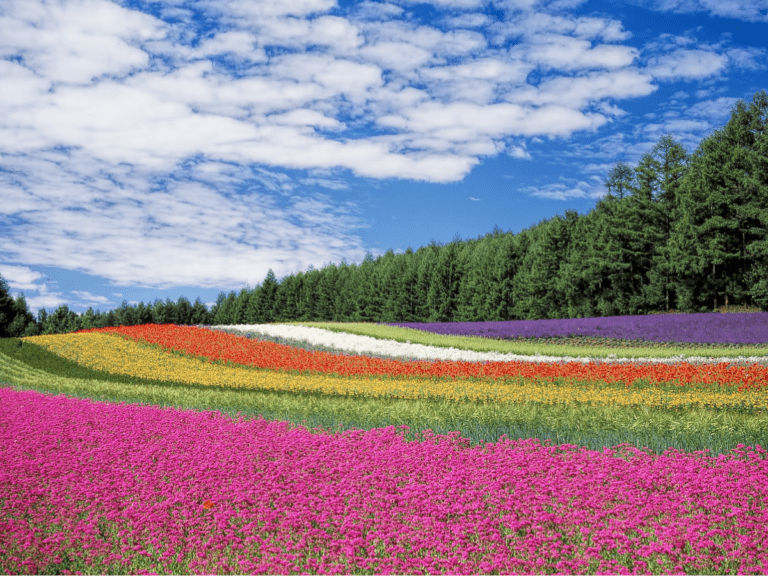Top 10 Largest and Longest Rivers in the World.
Top 10 Largest and Longest Rivers in the World.
Rivers are a source of water and are of utmost importance for nature as well as for humans and animals. In the list of the top largest and longest rivers in the world, the Nile River is the longest while the Amazon is the largest river. Every single river has an origin and ends at a supposed mouth.
The largest and longest rivers in the world literally provide scenic views and are the source of water for the survival of life on Earth. Occasionally, rivers fairly dribble into the ground and culminate there. A river is a natural aqueduct that leads to a flow into an ocean, sea, lake, and another river.
Most cities that are not even tracked down at sea or ocean, are usually constructed around a river. The entrance of river water into other bodies in particular an ocean, a sea, a lake, or another river keeps the cycle of water continues. Groundwater, springs, natural ice, and glaciers are the sources of water that collect into rivers.
Let’s take a look at the precise information on the Top 10 Largest and Longest rivers in the world.
1. River Nile
2. Amazon River
3. Yangtze River
4. Mississippi River
5.Yenisei-Angara-selenge-Ider
6. Yellow River
7. Ob-Irtysh River
8. Parana River
9. Congo River
10. Amur-Argun-Kherlen
1. River Nile
The Nile River is thought to be the longest river in the world. It has a length of 6650 km. The river derives its water from Lake Victoria. The blue and the white Nile are the two creeks of water. It extends throughout Uganda, Egypt, Kenya, Tanzania, Rwanda, the Democratic Republic of the Congo, Eritrea, Burundi, Sudan, and South Sudan.
It finally flows into the Mediterranean Sea at a rate of 2800 cubic meters per second. Furthermore, the Nile River is of paramount importance for economies, as it supports fishing and Agriculture. The continuing availability of water from the Nile consolidates with the warm humid and rainforest temperatures that ultimately nurture cultivation. The river is consequentially a canal for transport, particularly in times of flood season that are out of order for a longer time.

2. Amazon River
The Amazon River is the second-longest river in the world with a length of 6575 km/ 4086 miles in South America. It underpins exclusively around 20% of the earth’s lagoonal river course. Though the Amazon River is the second largest, it is the world’s largest river so far. The river and its adjoining Amazon rainforest are true gems of biodiversity too. Approximately 360 billion trees of about 16000 familiar strains can be based in the Amazon River basin.
The 1/5th flow of the Amazon River ultimately ejects into the Atlantic Ocean. Still, it has a greater release at this extremity than the discharge of any other river. The Amazon River ejects through Peru, Colombia, and subsequently most of the part of Brazil.
Finally, its mouth tracks down in Amapa State on Brazil’s shore to the northeast. The river has an ejectment of around 209000 meters per second, almost 6591 kilometers per annum.

3. Yangtze River
The Yangtze River is the longest river in Asia. It is the world’s third-longest river and the longest to trickle altogether within one country.
It ranks sixth among the largest rivers according to dispense volume in the world. The river stands up Jari Hill in the Tanggula Mountains (Tibetan Plateau) and ejects 6300 km (3900 mi) by and large easterly direction to the East China Sea.
One-third of the population of China dwells in the river basin of Yangtze. The three canyon dams on the Yangtze is the biggest hydroelectric power station in the world. Its mouth is located between the district of Shangai, China, and the province of Jiangsu, China. Additionally, the Yangtze ejects through a wide range of ecosystems and is home to diverse endemic species like the Chinese Alligator, the narrow-ridged finless porpoise, and the Yangtze sturgeon.

4. Mississippi River
The fourth-longest river is the Mississippi River and its river system incorporates Missouri and Jefferson rivers. The river outflows at 31 US lands and two Canadian lands. It normally ejects for 2320 miles (3730 km) south to the Mississippi River Delta in the Gulf of Mexico. Lake Itasca is the customary source of the Mississippi River in northern Minnesota. The total watershed is 1,151,000 sq mi which accounts for around 1% of Canada.
Domestic Americans lived across the Mississippi River and its headwaters for thousands of years. Steamboats were broadly used in the mid-19th and 20th centuries to craft agricultural and industrial commodities. That’s why Mississippi Creek is one of the highest-yielding territories of the United States. The river moves through the states of Minnesota, and Wisconsin. Lowa, Illinois, Missouri, Kentucky, Tennesee, Arkansas, Mississippi, and Louisiana.

5. Yenisei-Angara-selenge-Ider
The Yenisey is the fifth-longest river on the planet, also Latinized as Eniseior or Jenisej. It has the largest trench into the Arctic Ocean. The supreme drop of the Yenisey is 24 meters and the midpoint is 14 meters. The drop of river discharge is 32 meters (106 ft) and the influx is 31 meters (101 ft). The Yenisey basin is the habitat of 55 endemic fish races, together with two endemics namely Gobio sibiricus and Thymallus.
Moreover, the Yenisey Valley is home to various flora and fauna, with Siberian pine and Siberian larch essence for pronounced tree species. There are several bird races conferred in the turning point, for instance, the hooded crow, Corvus cornix. Therefore its longevity undoubtedly supports numerous species on Earth. The effluent basin of Yenisei is 2,580,000 km square.

6. Yellow River
As the name suggests the Yellow River is well known for its color. It is the sixth-longest river in the world and the second-longest river in China after the Yangtze River. The Yellow River has an area of 5,778 km/ 3,590 miles (3,395 mi).
It detains a significant worth mark as well as to all intents and purposes. This enormous river is also known as the Huang He. The Yellow River has the uttermost importance for China since China’s intact history depends on the Yellow River basin.
The disastrous floods in China are also the reason for the Yellow River all over China’s history. Its total drainage area is around 795,000 square km. (307,000 sq mi). Therefore, the Yellow River has the uttermost importance to China since China’s intact history depends on the Yellow River basin. The river’s mouth is situated in the city of Dongying, Shandong.

7. Ob-Irtysh River
The Ob-Irtysh River is thought to be one of the great Siberian rivers, ahead of the Yenisei and the Lena. It elongates from the Altas Mountains and releases into the Arctic Ocean. The Irtysh’s leading headwaters are the Tobol. Demyanka and Ishim. The starting point of the river is in the Mongolian Altai in Dzungaria close to the border with Mongolia. The Ob-Irtysh structures a major watershed in Asia, comprising most of Western Siberia and the Altai Mountains.
Passenger and Cargo ships traverse the river in the course of the snow-free season, in the middle of April and October. Therefore, Omsk is the home to the main office of the Governmental Irtysh River Shipping Company. It aims as the largest river port in Western Siberia.

8. Parana River
The Parana River is categorized as the second in length just to the Amazon River among South American rivers. It is flowing across Brazil. Paraguay, and Argentina for some 4,880 kilometers (3,030 mi).
The river is constructed at the convergence of the Paranaiba and the Rio Grande in the south of Brazil. It consolidated firstly with the Paraguay River and then a far endorsement with the Uruguay River to form the Rio de la Plata and unloaded into the Atlantic Ocean.
The river was smashed by a dry spell in 2021 a 77-year low. Though it is noticeably smaller in size than Amazon, it plays a significant role on the continent. So, it supports the economy and politics of the country.

9. Congo River
The Congo River is conventionally well known as the Zaire River. It is the second-longest river in Africa and also the second-largest river on account of emissions. The record shows that the river is extensive in the world, with a depth of beyond 220 m. It has a total length of 4,370 km (2,715 mi) when sustained along with the Lualaba which is the main head.
The Congo basin has an entire territory of around 4,000,000 square km or 135 of the complete African landmass. Therefore, the gross length of 4700 km (2,920 mi) makes it the ninth longest river in the world. So, at the minimum, one part of the Congo River undergoes a rainy season, as it dribbles stably across both north and south of the equator.

10. Amur-Argun-Kherlen
The world’s tenth longest river is Amur and Argun and Kherlen are its source rivers. The length of Amur is 2824 kilometers and has a run flow vessel of 1,855,000 square km. Its source river Argun is 4,440 km long.
Kaluga is the substantial fish breed in Amur, reaching a sizeable length of 506 meters. The river basin is home to numerous large predatory fish, like northern snakehead, Amur pike taimen Amur catfish, predatory carp, and yellow cheek.
It also has populations related mostly to the north of the Amur softshell turtle and Indian Lotus. Kherlen River is located in Mongolia and China and has length. of 1,254 km. It flows mostly on the side of the east by way of Khentii. In the years that experience high precipitation, Hulun Lake may get congested on its northern coast.
Therefore, water ultimately meets in the Ergun River about 30 kilometers. However, there is a border between Russia and China at which the Ergun River lies for over 500 miles, till it connects with the River Amur. So, the Amur-Argun-Kherlen has a length of 5052 km in total.








Wow absolutely wounderful